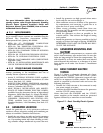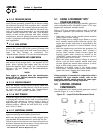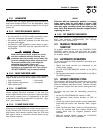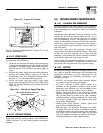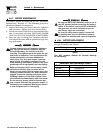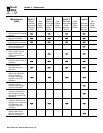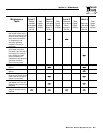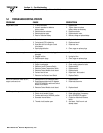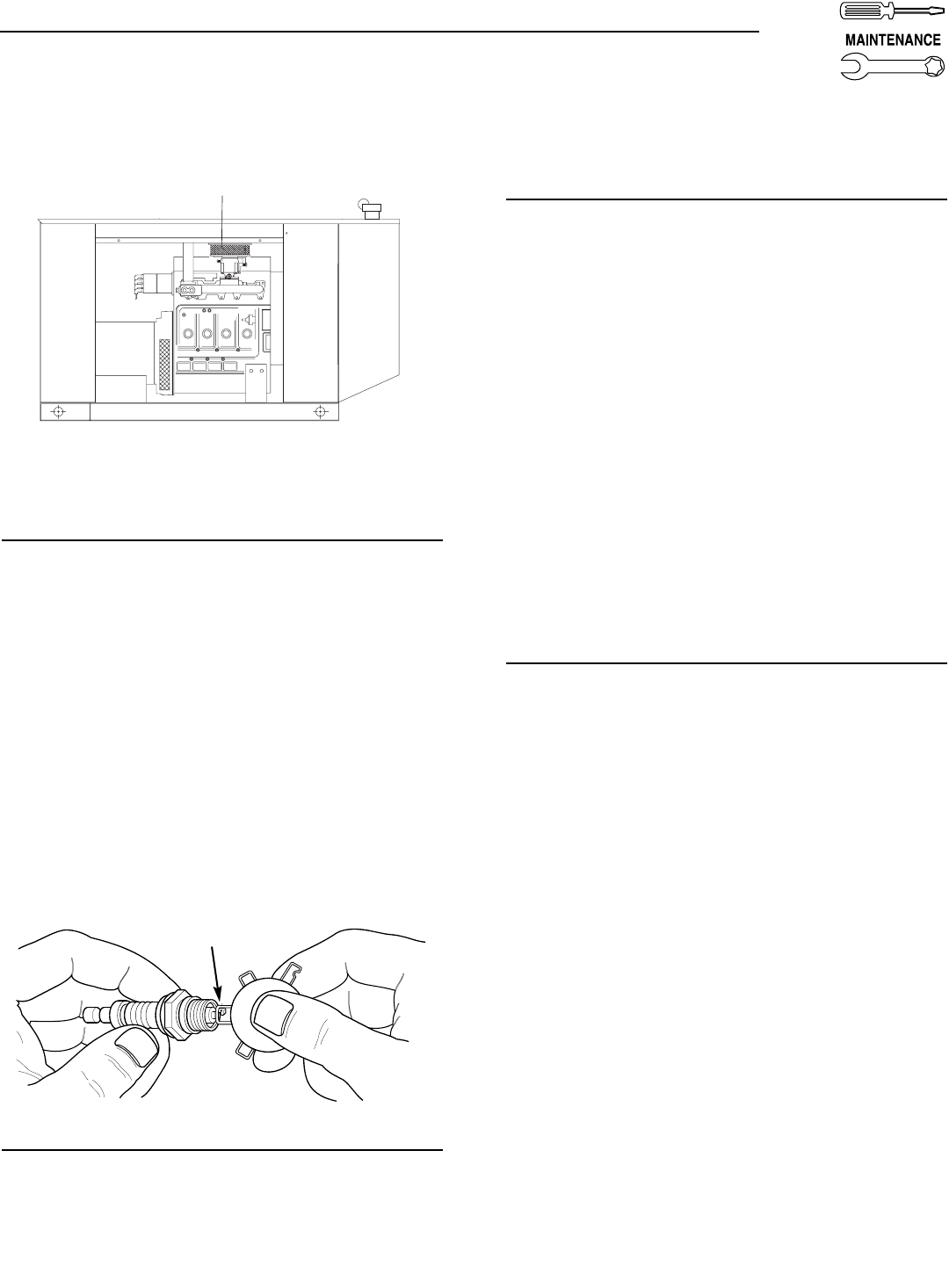
Generac
®
Power Systems, Inc. 17
Figure 4.3 – Engine Air Cleaner
See the “Scheduled Maintenance,” Section 4.7, for air
cleaner maintenance.
4.5.12 SPARK PLUGS
Reset the spark plug gap or replace the spark plugs
as necessary. See Section 4.7.
1. Clean the area around the base of the spark plugs
to keep dirt and debris out of the engine. Clean by
scraping or washing using a wire brush and com-
mercial solvent. Do not blast the spark plugs to
clean.
2. Remove the spark plugs and check the condition.
Replace the spark plugs if worn or if reuse is
questionable. See the “Scheduled Maintenance,”
Section 4.7, for recommended inspection.
3. Check the spark plug gap using a wire feeler
gauge. Adjust the gap to 0.5-0.6 mm (0.020-0.025
inch) by carefully bending the ground electrode
(Figure 4.4).
Figure 4.4 – Setting the Spark Plug Gap
4.5.13 COOLANT CHANGE
Every year, have Authorized Service Facility drain,
flush and refill the cooling system. See SPECIFICA-
TIONS (Section 1.10) for cooling system recommen-
dations.
4.6 MISCELLANEOUS MAINTENANCE
4.6.1 CLEANING THE GENERATOR
Keep the generator as clean and as dry as possible.
Dirt and moisture that accumulates on internal gen-
erator windings have an adverse effect on insulation
resistance.
Periodically clean generator exterior surfaces. A soft
brush may be used to loosen caked on dirt. Use a
vacuum system or dry, low pressure air to remove
any accumulations of dirt. The generator is housed
inside an all-weather enclosure, clean the enclosure
with a soft, damp cloth or sponge and water. Apply a
coat of automotive type wax once a year to help pre-
vent corrosion.
Once each year, have the generator cleaned and
inspected by an Authorized Service Dealer. That deal-
er will use dry, low pressure air to clean internal
windings. Parts inside the control console should be
cleaned and inspected at this time as well.
Finally, have the insulation resistance of stator and
rotor windings checked. If insulation resistances are
excessively low, the generator may require drying.
4.6.2 BATTERY
All lead-acid storage batteries discharge when not in
use. Refer to specific instructions and warnings that
accompany the battery. If such information is not
available, observe the following precautions when
handling a battery:
• DO NOT use jumper cables and a booster battery
to crank or start the generator engine.
• DO NOT recharge a weak battery while it is
installed in the generator. Remove battery from
generator and recharge in a well-ventilated area,
away from fuel vapors, sparks, heat or flames.
• Battery electrolyte fluid is an extremely caustic
sulfuric solution that can cause severe burns. DO
NOT permit fluid to contact eyes, skin, clothing,
painted surfaces, wiring insulation, etc. If any bat-
tery fluid is spilled, flush the affected area with
clear water immediately.
• Always wear safety glasses, rubber apron and
gloves when handling a battery.
• Batteries give off explosive hydrogen gas while
charging. The gas can form an explosive mixture
around the battery for several hours after charging.
Any spark, heat or flames can ignite the gas and
cause an explosion which can shatter the battery,
causing blindness or other serious injury.
Air Cleaner
(Doors Removed for Clarity)
Section 4 — Maintenance
Guardian Liquid-cooled 15 kW, 20 kW and 25 kW Generators
SET PLUG GAP AT 0.5-0.6 mm
(0.020-0.025 inch)



